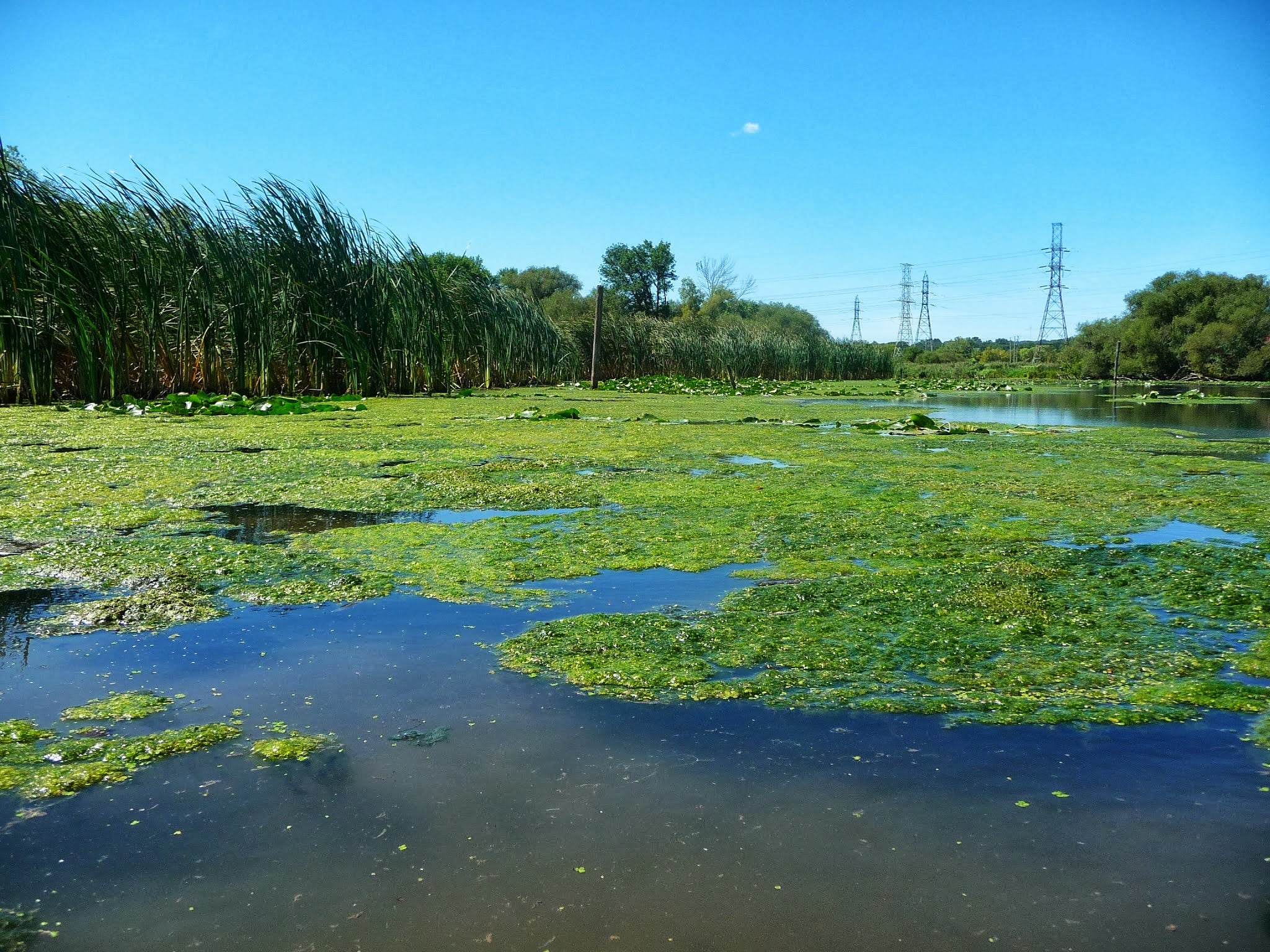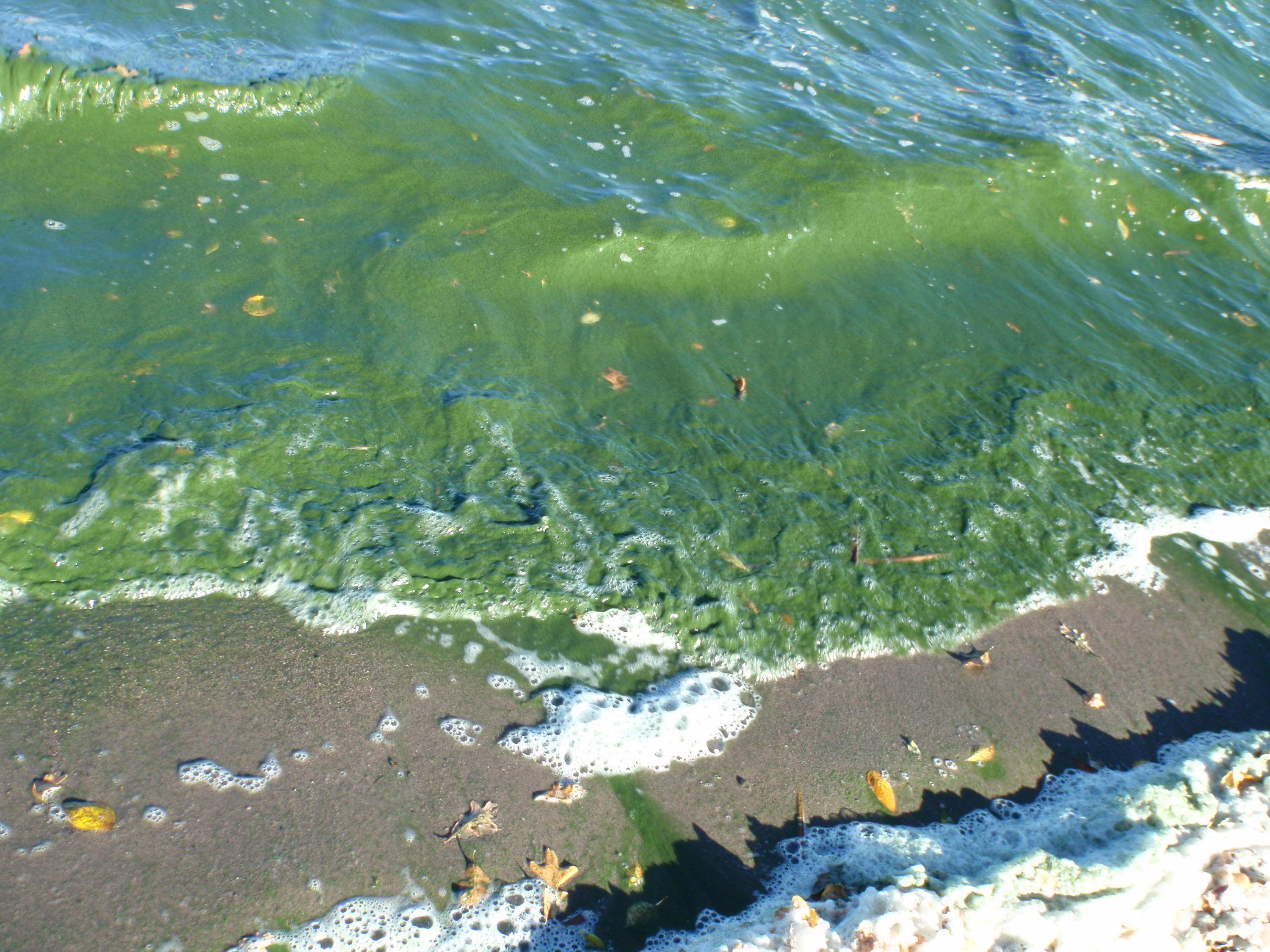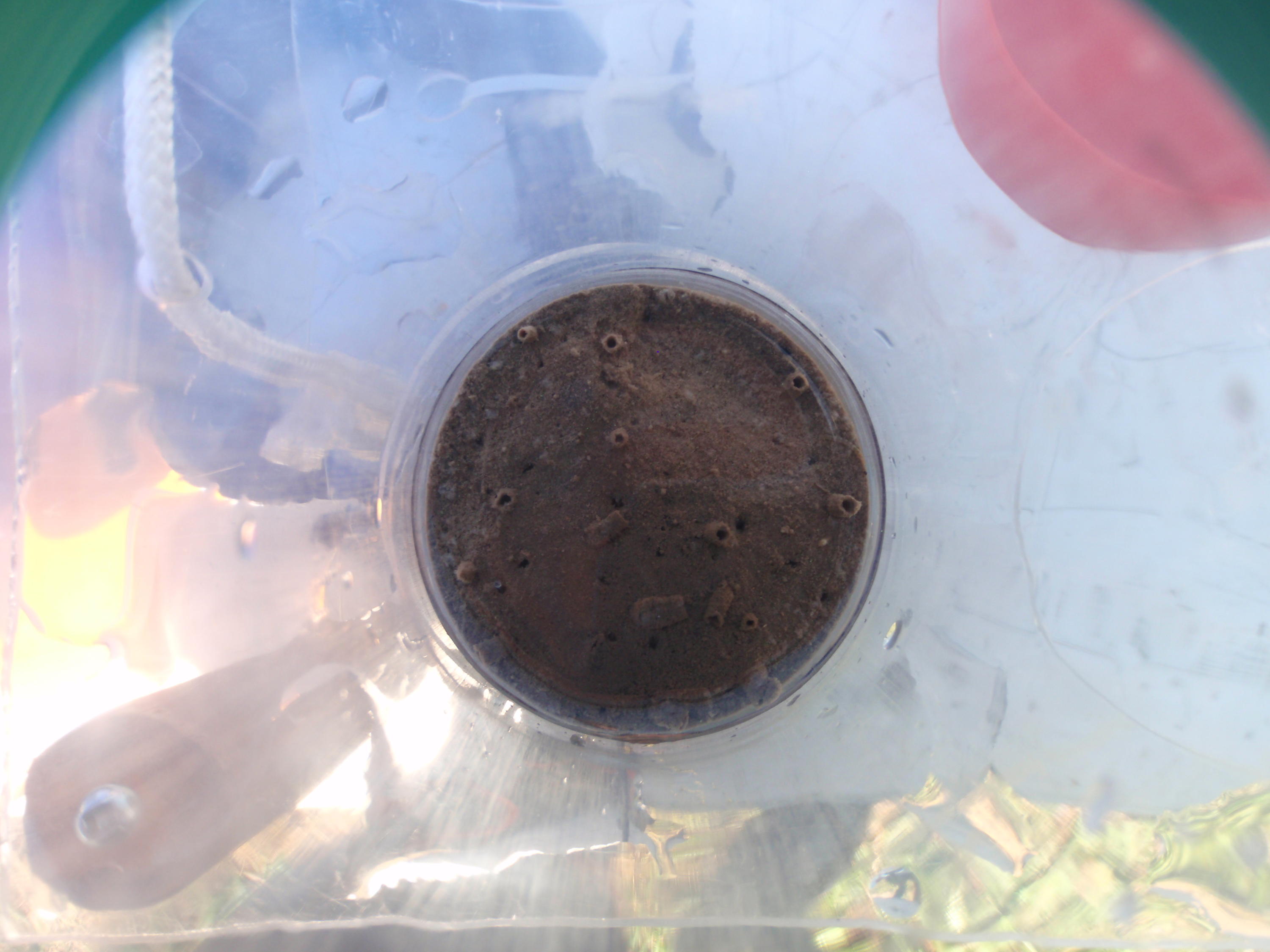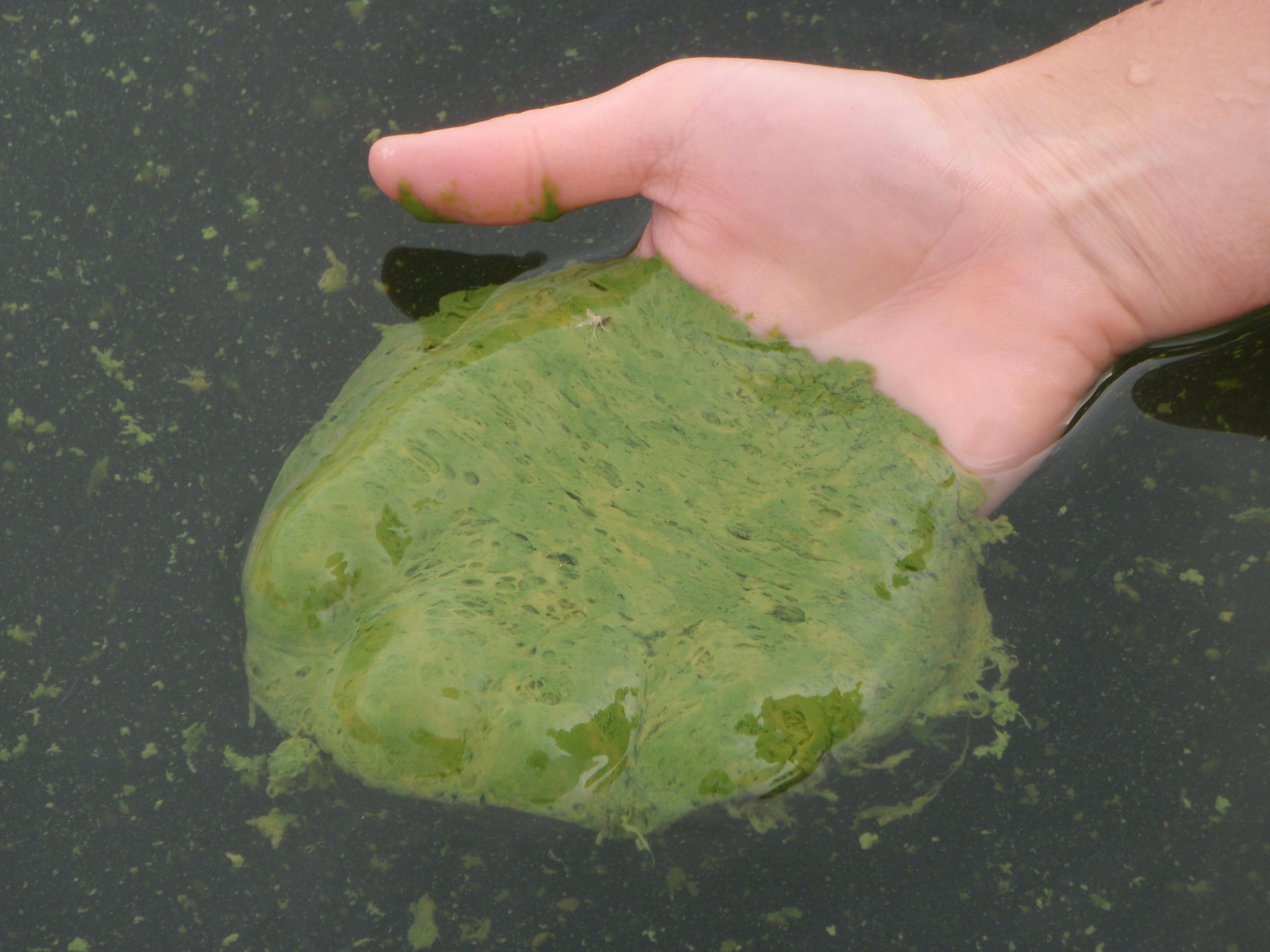For many Canadians, summer time means time at the lake, swimming, fishing, boating, and relaxing. Nothing can spoil this experience like blue-green mats of muck, caused by algal blooms. These blooms negatively affect not only recreational activities – but also put drinking water source, property values, wildlife, and human health at risk. In the 1970s, scientists discovered that the nutrient phosphorus caused algal blooms, which led to new regulations and improved sewage treatment. Nevertheless, blooms continue to plague many Canadian lakes. To investigate what might be happening, scientists looked to see whether phosphorus might be recirculating from the mud at the bottom of lakes back into the water.

In a new scientific study co-authored by Water Institute member and research assistant professor in the Department of Earth and Environmental Sciences, Chris Parsons, scientists investigated an important, but poorly understood, process in Canada’s aquatic ecosystems: the recycling of the algal nutrient, phosphorus, between mud at the bottom of lakes and the overlying water. This process can contribute to the formation of the harmful algal blooms that plague many lakes. Across the country, tens or even hundreds of millions of dollars are invested every year to manage nutrient pollution – but in some lakes – legacy effects from nutrients deposited years ago can linger and delay recovery.
said Parsons. “It can hang around in sediments and negatively impact water quality for many decades, long after the sources of contamination have been removed. Our paper shows that lakes with different physical and chemical characteristics will recover at different rates.”

Jason Venkiteswaran, an assistant professor at Wilfrid Laurier University pointed out that, "We rely on phosphorus to fertilize our soils and produce the food the world needs. However, we don’t know how long that phosphorus sticks around in our lakes after we allow it to wash off the land and down our drains. Our work here cautions that we should have different expectations for the recovery of different types of lakes across the country."
By critically reviewing data from 70 water bodies, the authors found that phosphorus release from sediments is a common phenomenon in Canadian fresh waters, but that rates of this process varied dramatically from lake to lake. “The highest rates of release were found in small prairie lakes in Manitoba, Saskatchewan, and Alberta, while the lowest rates were found in Canadian Shield lakes in Ontario and the Maritimes,” said Nora Casson, assistant professor at the University of Winnipeg.
,” said Parsons. “There are so many chemical, physical and biological processes influencing whether phosphorus is buried permanently or re-released from sediments. Very often these mechanisms are glossed over but we need to understand them better to protect future lake water quality."

The authors of this study also identified the key factors controlling this process, such as oxygen, pH, geology and lake nutrient status – which often acts against the best efforts of lake managers – as well as identified areas where we know strikingly little.
said Parsons.

Featured in this article were case studies of Lake Simcoe, Lake Winnipeg, Lake of the Woods, Lake Erie, Lake Champlain, Cootes Paradise, and Lake Diefenbaker.
The journal article, “Internal phosphorus loading in Canadian fresh waters: a critical review and data analysis” by Diane Orihel (Queen’s University), Helen Baulch (University of Saskatchewan), Nora Casson (University of Winnipeg), Rebecca North (University of Missouri), Chris Parsons (University of Waterloo), Dalila Seckar (Queen’s University), and Jason Venkiteswaran (Wilfrid Laurier University) was published online in the Canadian Journal of Fisheries and Aquatic Sciences. This article was selected by the journal as an “Editors’ Choice” paper for 2017, which highlights articles of particularly high caliber and topical importance.